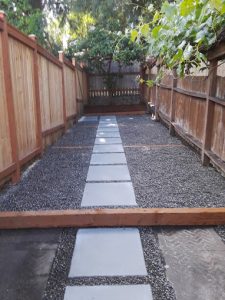Planting Groundcover: A Step-by-Step Guide
Hey there, gardening enthusiasts! Today, I’m excited to share with you a step-by-step guide on how to plant groundcover. Groundcovers are amazing plants that spread quickly and form a dense mat, making them perfect for covering large areas of ground.
- Use a biosol to improve soil fertility and drainage.
- Plant groundcover in a diamond-shaped pattern to help it fill in nicely.
- Use a weed preventer to prevent weeds from growing between your groundcover.
- Water your groundcover thoroughly and deeply after planting and continue to do so for a few weeks until the roots get established.
Step 1: Prepare the Soil
Before planting, clear the area of any debris, weeds, or obstructions. Loosen the soil to a depth of 6-8 inches and mix in a 2-inch layer of compost or well-rotted manure. This will improve soil fertility and drainage.
Step 2: Choose the Right Groundcover
Select a groundcover that’s suitable for your climate and garden conditions. Consider factors like sunlight, soil type, and moisture levels.
Step 3: Plant the Groundcover
Plant the groundcover at the same depth as it was in its container, spreading the roots out evenly. Space plants 6-12 inches apart, depending on the variety.
Step 4: Water and Mulch
Water the groundcover thoroughly after planting. Apply a 2-inch layer of mulch around the plants to retain moisture, suppress weeds, and regulate soil temperature.
Step 5: Care and Maintenance
Keep the soil consistently moist during the first growing season. Fertilize in the growing season (spring-fall) with a balanced fertilizer. Prune or trim the groundcover as needed to maintain its shape and promote healthy growth.
Some popular groundcovers for Seattle include:
- Creeping Thyme (Thymus serpyllum)
- Vinca minor (Periwinkle)
- Pachysandra (Pachysandra terminalis)
- Sedum (Sedum spp.)
- Phlox subulata (Creeping Phlox)
By following these steps and tips, you can successfully plant groundcover and enjoy its benefits in your garden!



















